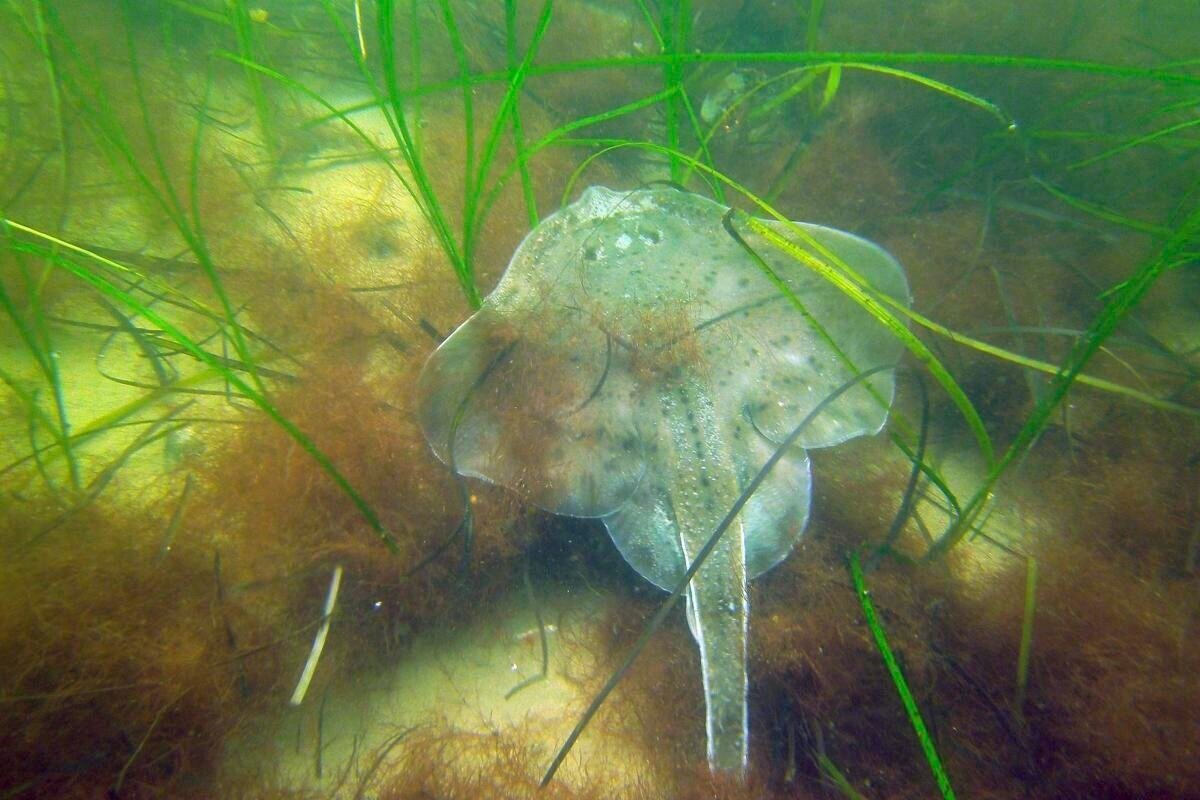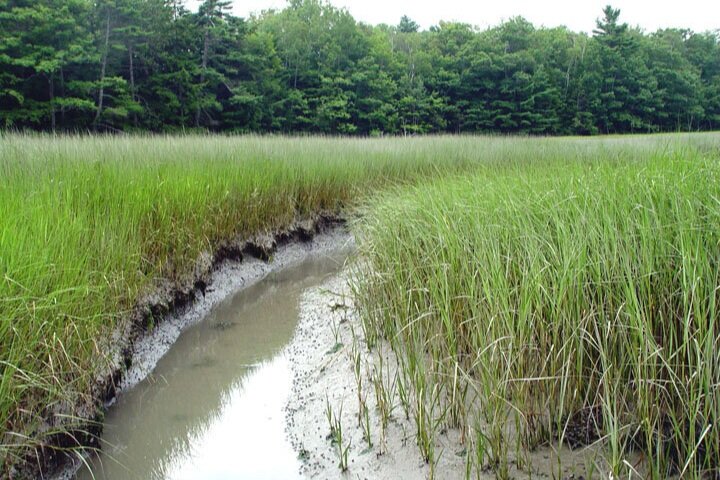Green Crabs and Climate Change
Written by Mary Parks, Greencrab.org Director
Not only are green crab populations expected to increase with climate change, they also threaten ecosystems already vulnerable to its impacts.
The IUCN Redlist considers green crabs to be one of the world’s worst invasive species. Green crab’s (Carcinus maenas) native range spans from northern Africa to northern Europe; however, the species has now invaded every continent except Antarctica. For invasive green crabs, their influence varies significantly with location and timing of their introduction.
In New England, green crabs were first brought to the US in the mid-1800s, likely hitching a ride in ship ballasts. Over time as new green crabs were unknowingly transported across the Atlantic, the crab spread along the East Coast and genetically distinct populations emerged. As University of New England professor Markus Frederich explains in a New York Times piece, certain aggressive green crab populations from Nova Scotia have meshed with crab populations in Maine, resulting in hybrids that are more likely to attack prey and destroy habitat. Green crabs also lack natural predators in their invasive range and are expected to thrive in our increasingly warming and acidifying waters. To make matters worse, a large portion of the species affected by green crabs are those most vulnerable to the grips of climate change.
Invasive species are commonly transported in ship ballasts
Many worry this one invasive could wipe out or drastically impact some of the world’s most valuable fisheries and vulnerable ecosystems. Green crabs compete with other species such as lobsters and native crabs for food and will sometimes eat juvenile lobsters and crabs. Unlike green crabs that can tolerate a wide range of salinities and temperatures and shift poleward as waters warm, many of these species have limited available habitat and are unable to move in response to changes in climate. Plus, shellfish outcompeted by green crabs are often vulnerable to ocean acidification which can cause issues with development.
Source: Save the Harbor
Soft-shell clams (Mya arenaria) are one of the many species harmed by ocean acidification; however, their relationship with green crabs is a bit more tenuous. According to Brian Beal at the University of Maine Machias, green crabs are the main cause of declining soft-shell clam populations in Maine. Cold winters used to keep green crab populations in check but that’s no longer the case. The Gulf of Maine Institute reports a single adult green crab can eat up to 40 juvenile clams in a single day, meaning most clams don’t even have the chance to reach adulthood.
In addition to outcompeting and preying upon local shellfish, green crabs quite literally uproot some of the coastline’s most important habitat: eelgrass (Zostera marina) and saltmarsh grass (Spartina alterniflora). The crab’s aggressive burrowing behavior uproots and slices eelgrass, which has given them the name “gophers of the sea”. Eelgrass can be found on both coasts of North America and across Europe and Asia and provides important habitat for a wide variety of fish and invertebrates. According to NOAA fisheries, these seagrass beds protect against coastal erosion, act as a filter for runoff and excess nutrients, and produce food and oxygen while storing greenhouse gases like atmospheric CO2. Eelgrass can even reduce ocean acidification, modifying the pH of the surrounding waters. Saltmarsh grass is also destroyed by green crab’s burrowing behavior. Green crabs form complex tunnels and burrows in the plant’s rhizomes and break apart salt marsh beds bit by bit. Like eelgrass, salt marsh grass is incredibly important for protecting coastlines against erosion and filtering coastal runoff. We would be remiss not to mention the other factors that harm eelgrasses and saltmarsh grasses. Coastal development, dredging, erosion, and pollution all play a massive role in eelgrass and salt marsh grass declines. However, in certain areas researchers have observed a direct link between increasing green crab populations and declining eelgrass and saltmarsh grass coverage. Of course, eelgrass and saltmarsh grass are just two examples and it is hard to predict what influence they will have on other important vegetation as their range and numbers increase.
Eelgrass - Michael Casey
Saltmarsh Grass: Robert Zottoli
To close out Climate Week, we wanted to talk a bit more about why the relationship between green crabs and climate change is a bit more complicated than meets the eye. As an organization, we’ve chosen to only focus on one invasive species because green crabs not only have the ability to impact ecosystems across the globe already vulnerable to climate change but those protecting against it. In areas with more recent invasions, New England and Eastern Canada serve as a warning.
At the end of the day, the decision to put green crabs on your plate will not save the climate or ecosystems impacted by the invasive species. However, developing a widespread market for green crabs could mitigate the impact they have on so many ecosystems already vulnerable to the effects of climate change. We say “mitigate” because in reality we will likely never truly eliminate green crabs. Our winters will continue to warm and green crabs will continue to take hold in ecosystems across the globe. But all is not lost. Expanding a market for green crabs could allow fishers in dwindling industries to keep fishing, promote awareness of the invasive and its impact, and dampen the species' inevitable expansion.
SOURCES:
Global Invasive Species Database - Green Crabs
Maine Department of Marine Resources - Green Crab Overview
New York Times - ‘Highly Aggressive’ Green Crabs From Canada Menace Maine’s Coast
University of New England - Frederich Lab
Vice - Why Green Crabs Are Invading the East Coast
American Fisheries Society - Potential impacts of invasive green crabs on American lobsters
Goldstein, J.S., E.M. Morrissey, E.D. Moretti, and W.H. Watson III. 2017. A comparison of the distribution and abundance of European green crabs and American lobsters in the Great Bay Estuary, New Hampshire, USA. Fisheries Research 189: 10-17.
Rayner, G., and I.J. McGaw. 2019. Effects of the invasive green crab (Carcinus maenas) on American lobster (Homarus americanus): Food acquisition and trapping behaviour. Journal of Sea Research 144: 95-104.
University of Maine Orono - Green crab predation identified as cause of Maine clam decline
PEW Environment - Six Reasons to Protect Eelgrass
NOAA Fisheries - How Will Changing Ocean Chemistry Affect the Shellfish We Eat?
Gulf of Maine Institute - Invasive Green Crabs Vs. Soft-Shelled Clams In The Gulf of Maine
Ocean Science Trust - Seagrass and Kelp as an Ocean Acidification Management Tool in California
Casco Bay Estuary - Eelgrass Beds Decline as Green Crab Numbers Explode






